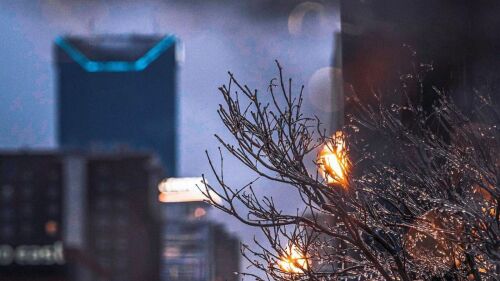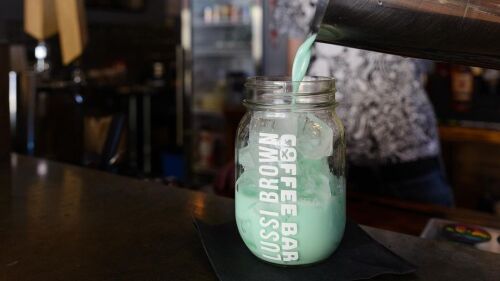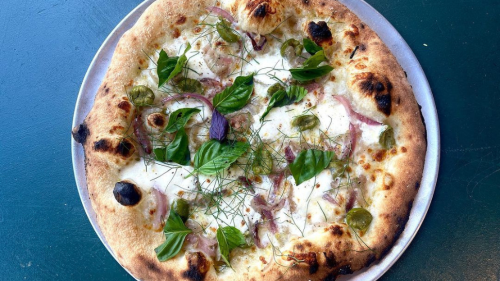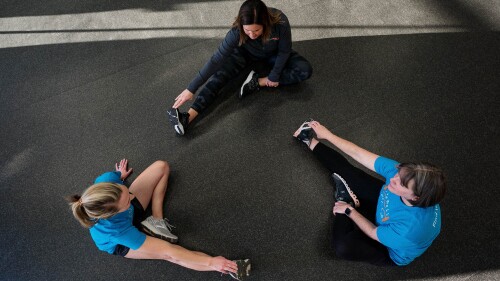The city of Lexington was incorporated in 1831, but named in 1775 — 17 years before Kentucky officially became a state. Now that 190+ years have passed, the city and its streets are chock-full of vibrant history.
It’s safe to say that over the years, the city has been touched by countless historical figures and happenings — many of which have shaped the names of Lexington’s buildings, parks, and streets. In this guide, we’re delving into the history of Lexington’s streets — specifically how they were named.
East End
The East End — which was once owned by affluent families in Lexington who then sold these areas to Black families needing refuge in the post-Civil War era. Now, the neighborhood commemorates its struggle and history through artistic creativity and bustling businesses.
DeWeese Street — After segregation made housing difficult for Black families, DeWeese Street became the epicenter of Lexington’s Black culture and led to the founding of iconic businesses such as The Lyric Theatre.
Elm Tree Lane — Part of the Kinkeadtown neighborhood, which was divided by abolitionist George B. Kinkead and sold to Black Lexingtonians after the Civil War.
Goodloe Street — Named after local physician and landowner David S. Goodloe, who — like George Kinkead — subdivided parts of his land and reserved the majority of it for Black residents.
Wilgus Avenue — Garret Davis Wilgus, a contractor in the 1880s, owned a portion of this area. You can view The Wilgus House on the corner of East Third and Chestnut Streets.
Wickliffe Street — This street is likely named for the well-known Wickliffe Family, particularly Robert + Charles Wickliffe. Robert served in the Kentucky state government from 1818 to 1833, while Charles served as Kentucky governor for just one year.
Ashland Park
Sitting on the edge of downtown, Ashland Park is one of the more eye-catching neighborhoods in town. But its stunning architecture tells only part of the story.
Fincastle Road — In 1776, Fincastle County, VA helped with the formation of Kentucky County, VA. Fincastle then became the name of a city in Jefferson County, thus inspiring the Ashland-area street name.
McDowell Road — Madeline McDowell Breckinridge, one of the first leaders of the women’s suffragette movement, was the great-granddaughter of Henry Clay.
Desha Road — This road is named after Desha Breckinridge, the husband of Madeline. He served as the editor + publisher for Lexington Herald, which we all now know as The Lexington Herald-Leader.
Hamburg
What was once acres and acres of farmland is now a sprawling suburban area of town. However, the area’s ties to the thoroughbred history are honored through its street names.
Madden Drive — This street is named after the well-known Madden family, particularly John E. Madden, who was known for his massive farm that bred multiple champion racehorses.
Sir Barton Way — Sir Barton was the first-ever horse to complete the Triple Crown (before it even had a name) after winning the Kentucky Derby, Preakness Stakes, and Belmont Stakes in 1919.
Star Shoot Parkway — Star Shoot lived on the Madden’s Hamburg Place farm and was the sire of Sir Barton.
Alysheba Way — Trained and bred by the Madden family, Alysheba was known as a winner of the 1988 Breeder’s Cup and completed two-thirds of the Triple Crown.
War Admiral Way — War Admiral, sire of Man O’ War, was another Triple Crown winner, having won the three races in 1937.














